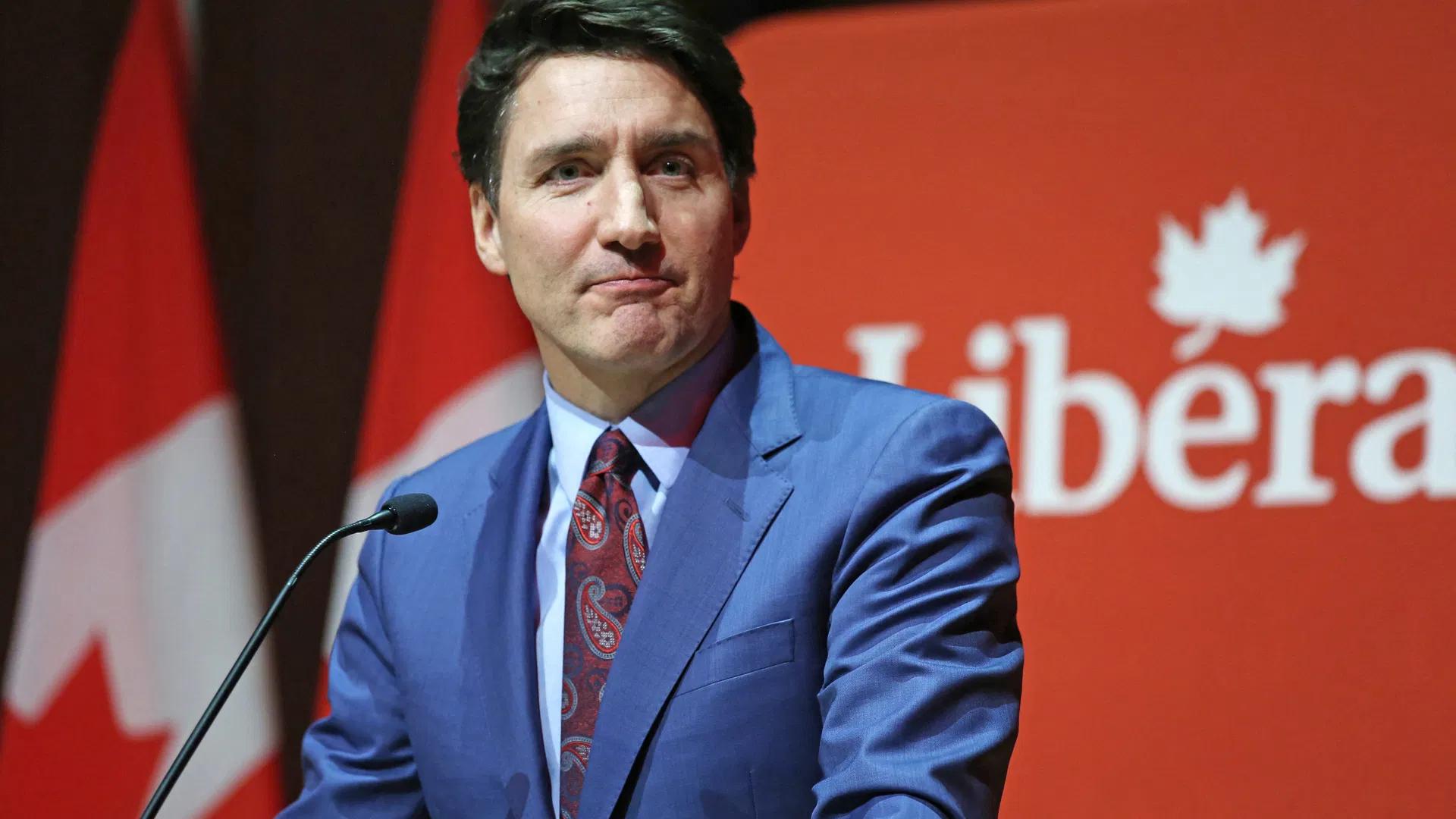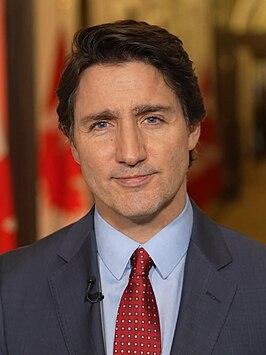Potential Contenders: Analyzing Possible Successors to Trudeau
As speculation swirls around Justin Trudeau’s future leadership, several prominent figures within the Liberal Party are emerging as potential successors. These individuals not only possess the political acumen necessary to lead but also resonate with the party’s core values and the electorate’s evolving preferences. Key names to watch include:
- Chrystia Freeland: Currently serving as Deputy Prime Minister and Minister of Finance, Freeland’s economic expertise and international experience make her a formidable candidate.
- Mark Carney: The former Governor of the Bank of Canada and the Bank of England, carney’s background in finance and climate advocacy could attract a broad spectrum of support.
- Rachel Bendayan: As a rising star in the Liberal ranks,her strong advocacy for progressive policies,combined with her appeal to younger voters,positions her as a potential unifying figure.
Each of these contenders offers a distinct vision for the future of the Liberal Party, with strategies that could realign its status in the political landscape. Their ability to connect with diverse demographics,alongside their policy expertise,will be crucial in the potentially turbulent aftermath of Trudeau’s leadership. Other potential candidates include:
- Marco Mendicino: His emphasis on public safety and criminal justice reform might resonate well with the party’s centrist voters.
- Seamus O’Regan: Known for his work in veterans’ affairs, O’Regan’s dedication to service and well-being could enhance the party’s appeal in regional contexts.
- Adam Vaughan: As a seasoned local representative, Vaughan’s emphasis on urban issues and housing could capture the interest of city-dwelling constituents.

Party Dynamics: Understanding the Liberal Landscape Post-Trudeau
The Liberal Party of Canada is at a crucial crossroads as it navigates the potential post-Trudeau landscape. As discussions about succession heat up,various contenders are emerging with distinct visions and political styles that reflect the evolving priorities of the electorate. Senior party members and grassroots activists alike are keenly observing the dynamics,assessing not only who might step into the role but also what they represent for the future of the party. Key considerations include:
- Ideological Alignment: Candidates must resonate with the party’s progressive base while also attracting centrist voters disenchanted by recent policy decisions.
- experience and Leadership style: Prospective leaders should demonstrate an ability to unite diverse factions within the party and articulate a clear vision for Canada.
- Engagement with Younger Electorate: Given the increasing influence of younger voters, candidates who can connect with this demographic may have an advantage.
Among those speculated to be in the running, names like Deputy Prime Minister Chrystia Freeland and former cabinet minister Marc Garneau frequently arise. These figures bring a wealth of experience and a connection to the party’s legacy, yet they also face challenges in redefining the Liberal narrative for a post-Trudeau era. Other potential candidates, such as ontario MP Adam Vaughan and BC MP Anita Anand, are gaining traction with a focus on grassroots mobilization and environmental issues. Their capacities to respond to urgent concerns could revive the party’s appeal amidst changing public sentiment. As the party takes stock of its position, the next leader will need to chart a path that acknowledges past successes while boldly addressing future challenges.

strategic Considerations: The Path Forward for the Liberal Party
as the Liberal Party navigates its future, key strategic considerations will shape its leadership landscape. With Prime Minister Justin Trudeau’s tenure under scrutiny, the search for a successor demands an acute understanding of the shifting political dynamics. Candidates must not only exhibit charisma and strong communication skills but also address core issues that resonate with a diverse electorate. These may include the following:
- Climate Change: Advocating for extensive environmental policies to appeal to younger voters.
- Economic Recovery: Formulating enduring growth strategies post-pandemic.
- Social Justice: Prioritizing equity and inclusion to foster community support.
- Healthcare: ensuring robust public health infrastructure as a priority.
The potential leaders’ approach will need to reflect an understanding of these vital elements while also considering the party’s unity and vision. The next Liberal leader must cultivate a clear narrative that connects with Canadians’ aspirations for the future. As the political landscape evolves, the ability to inspire trust and confidence will be essential. In addition to focusing on internal party dynamics, future leadership must also engage with the electorate meaningfully through:
- Grassroots Engagement: Building strong connections within local communities.
- Innovative communication: Utilizing digital platforms to reach a broader audience.
- Policy Clarity: Articulating a pragmatic yet ambitious agenda.

public Perception: How Leadership Aspirants Can Win voter Trust
In today’s political landscape, where trust in leadership often sways public opinion, aspiring political leaders must focus on authenticity and relatability to build voter confidence. effective communication is paramount; leaders should convey their messages clearly and honestly, addressing the concerns and aspirations of the electorate. Rather than delivering rehearsed speeches, they should engage in genuine conversations, listen actively, and adapt their platforms based on feedback from the community. Building a narrative that resonates with voters—from personal stories to shared values—can substantially enhance their appeal.
Moreover, transparency is essential in fostering trust. Leadership candidates should openly discuss their policies, disclosing both potential benefits and drawbacks. This openness extends to their personal lives, where sharing relatable experiences can humanize them and make them more accessible to the public. A consistent presence on various media platforms, coupled with grassroots engagement, can solidify their image as empathetic and grounded leaders. By embodying these principles, aspiring leaders can effectively galvanize support and position themselves as trustworthy candidates for the future of the Liberal Party.
